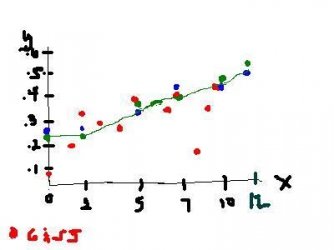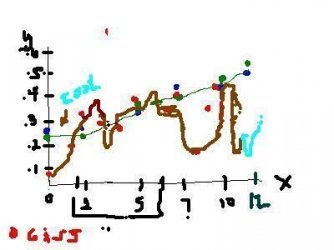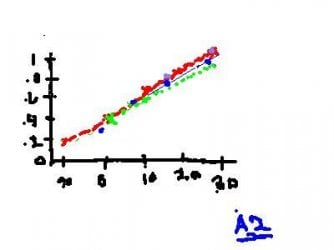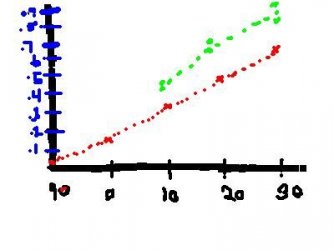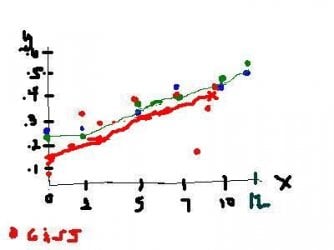ScienceRocks
Democrat all the way!
- Thread starter
- Banned
- #21
I had a little fun and made a c class graph...I put the giss yearly temperature in as "Red" dots. Secondly, I put the lower and higher estimate; being A2 or A1b1 as either green or blue dots. Finally, I put a lighter green line for the means of the model. I'd say over all the ipcc isn't doing to bad...Maybe, we're slightly on the low side, but I'd give it a B.
Remember, it is on a 1980-1999 baseline for the giss to match the ipcc models.
*2000, 2008 had fairly powerful ninas...Same as 2011. So these years are the years that fall way below the means. (Yes, I extended it out to 2012).
Yeah, I know it's not the best graph, but I feel I got the point across. Do you agree with it?
Are your comparisons to the IPCC based on their older models which have proven to be woefully off, or on the newer models based on the same assumptions that caused the failure of the older models but haven't had enough time yet to show how pifully inadequate they really are?
Here is the data
http://www.ipcc-data.org/data/ar4_multimodel_globalmean_tas.txt


